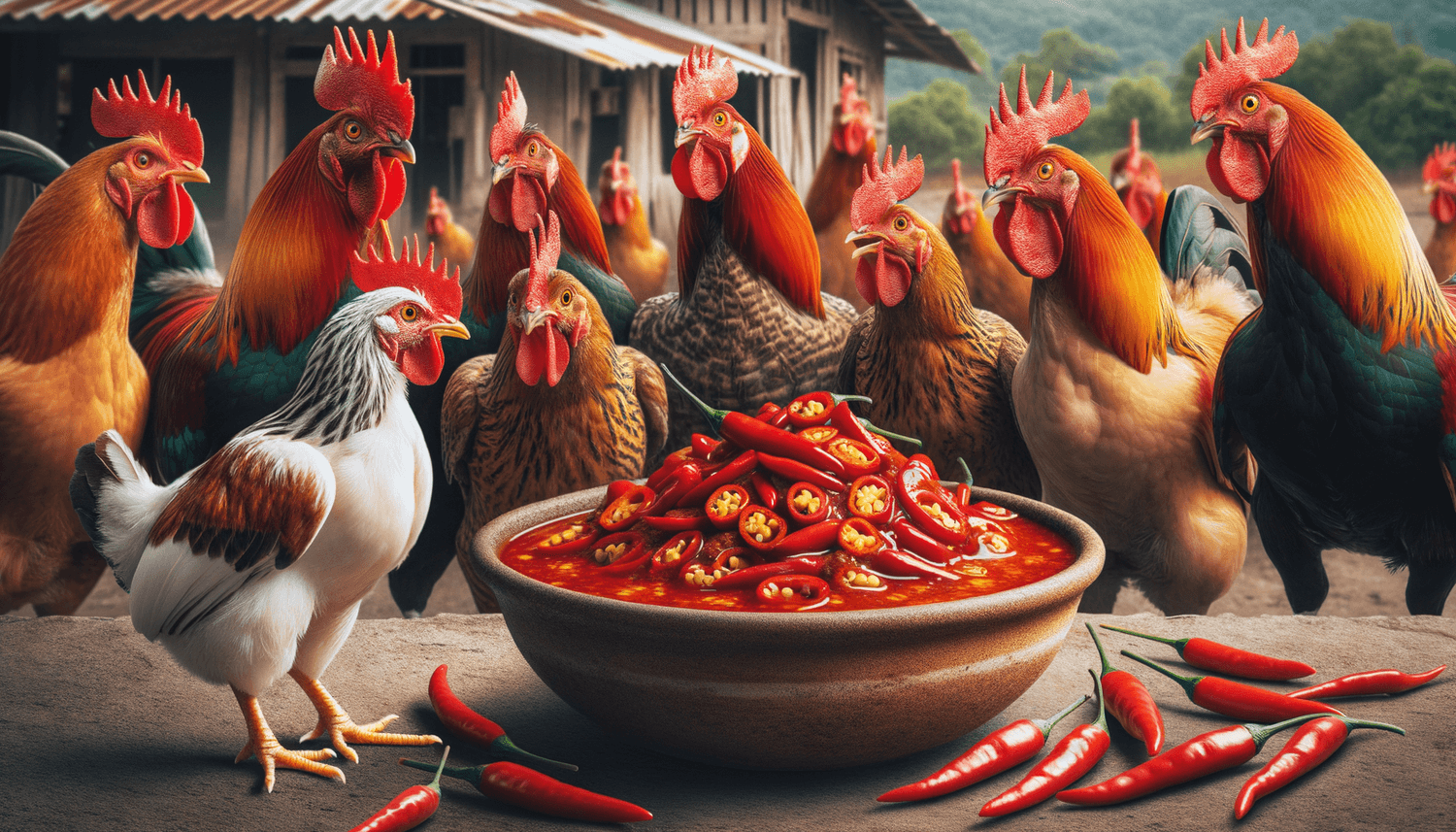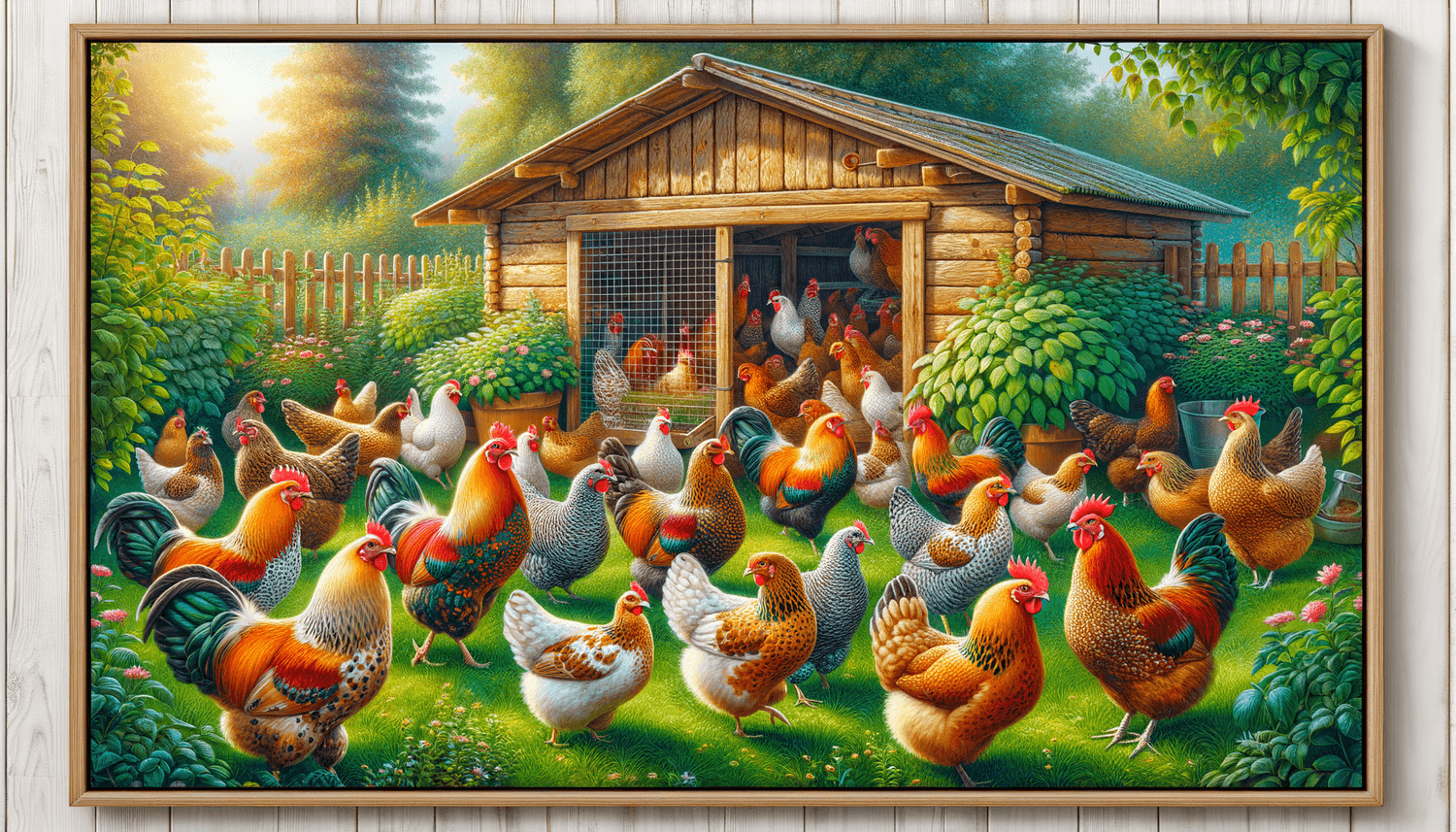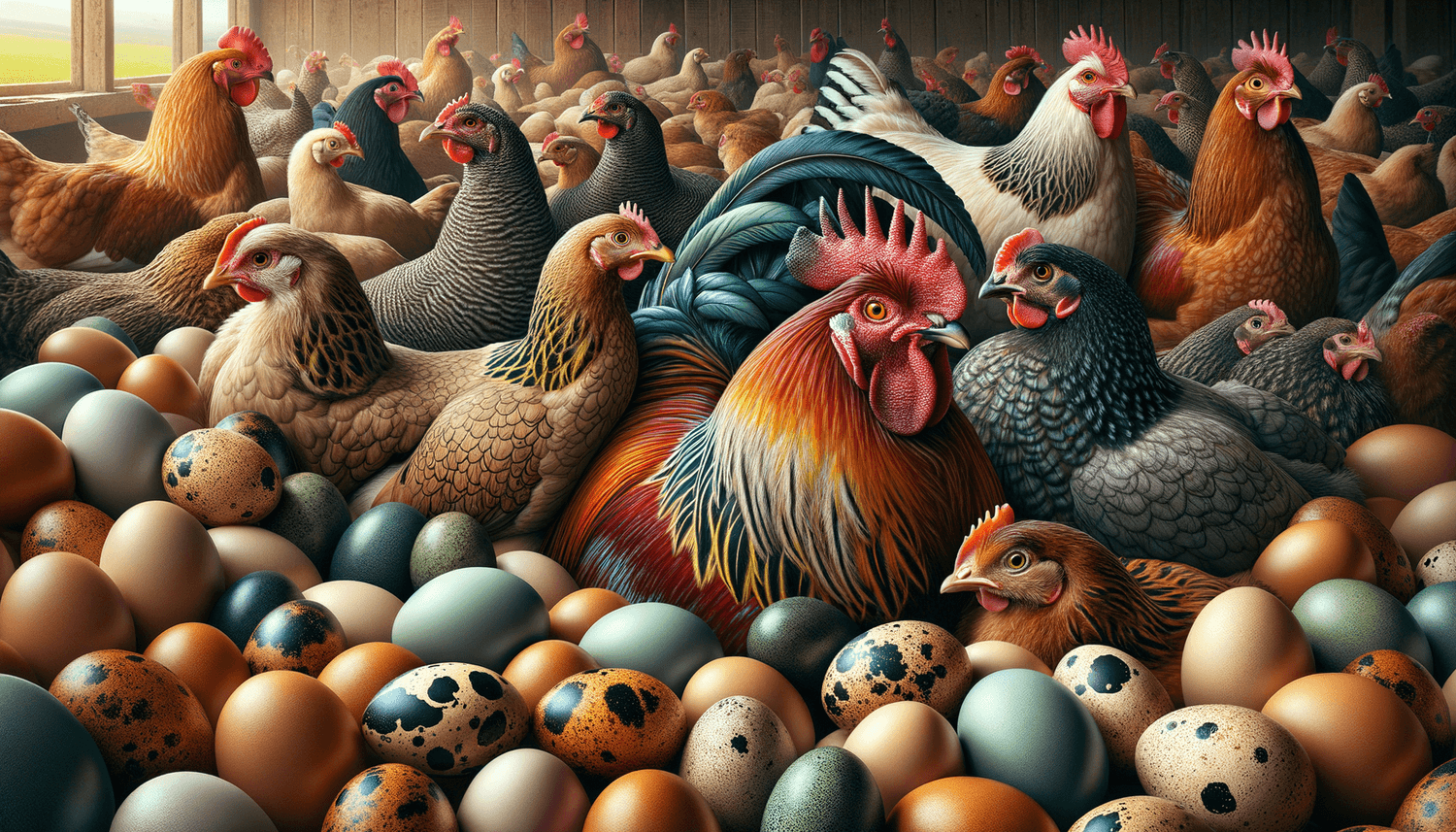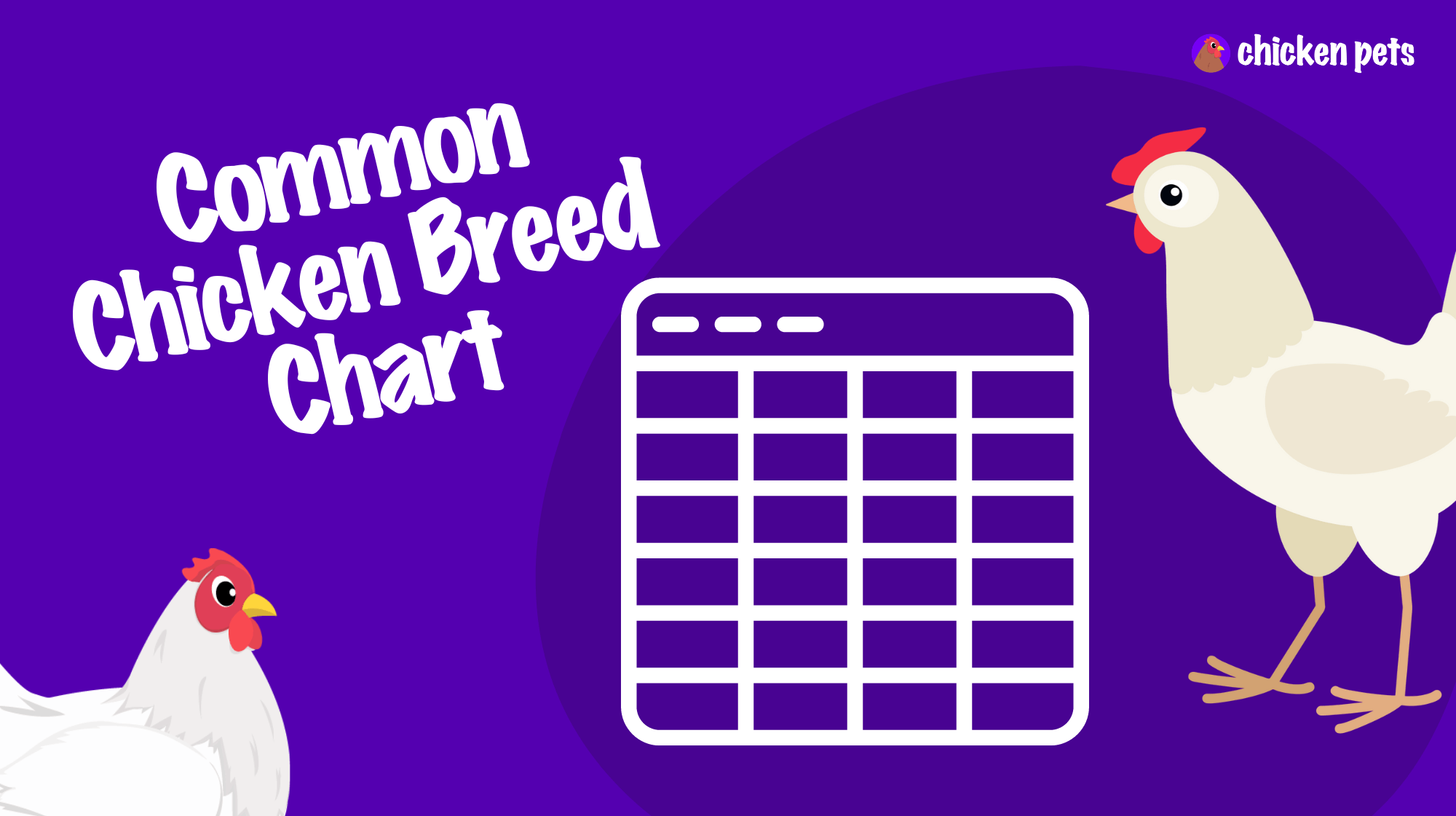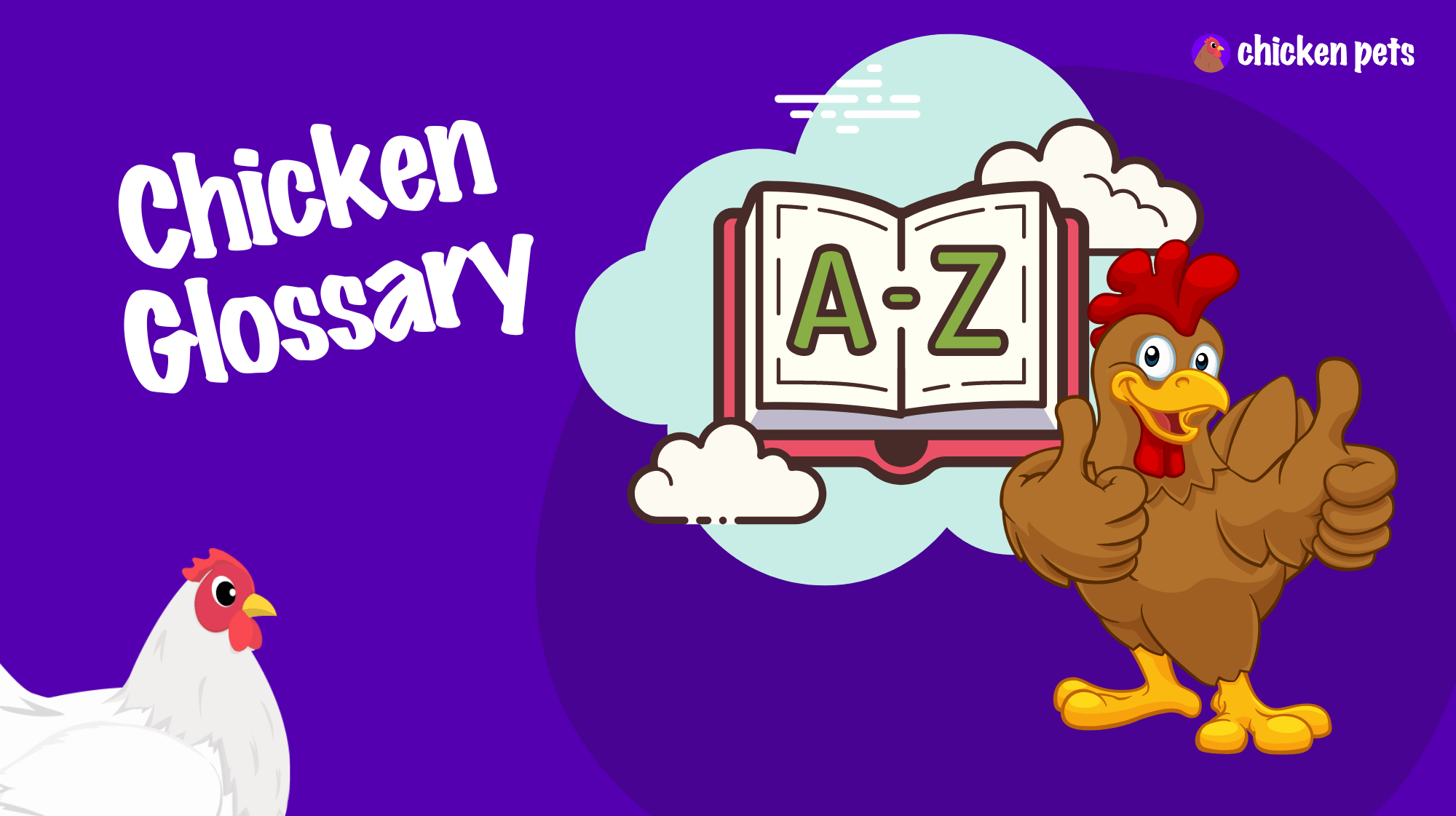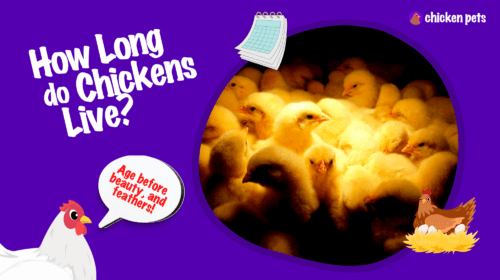Yes, chickens can eat chili. However, they should consume them in moderation. Chickens do not have the same taste receptors as humans and cannot detect capsaicin, the component that gives chili its heat, meaning they can tolerate eating this spicy pepper. Nonetheless, it’s essential to understand that while chilies are not toxic to birds, they could potentially lead to digestive issues if fed in large quantities.
Quick Summary
- Chickens can eat chili.
- Chickens are not affected by capsaicin, which gives chili its spiciness.
- Overconsumption of chili can lead to digestive disturbances.
- Feed chilies in small amounts mixed with regular feed.
Overview of Chili
Chili peppers are the fruits of plants from the genus Capsicum. Chilies vary widely in heat, flavor, color, and size. They contain vitamins such as A, C, and K, and minerals like potassium and magnesium. Additionally, they are known for their high antioxidant properties, primarily due to the presence of capsaicin, the active compound that is responsible for the spicy taste.
Benefits and Risks of Chili for Chickens
While chilies can provide some nutritional benefits to chickens, such as vitamins and antioxidants, their capsaicin content could be a double-edged sword. While chickens are largely insensitive to capsaicin, feeding large amounts of chili could potentially cause irritation in the digestive tract. It’s important to balance any nutritional advantages with moderation to avoid possible health issues.
Feeding Guidelines
To properly feed chili to chickens, offer it sparingly and infrequently. A small piece of chili can be mixed into their regular feed. Make sure to remove the seeds and stem, as they offer little to no nutritional value and could pose a choking hazard. Always prioritize a balanced diet primarily composed of commercial chicken feed that provides complete nutrition.
Alternatives
If you’re concerned about feeding chili to your chickens, there are many other safe and nutritious vegetable options. Leafy greens, squash, cucumbers, and carrots are all excellent alternatives that provide essential nutrients and can be fed more regularly than chili peppers.
Expert Opinions
Poultry nutritionists and veterinarians suggest that a varied diet that includes small amounts of fruits and vegetables can be beneficial for backyard chickens. However, they emphasize the importance of moderation and balance. Studies have shown that while capsaicin has no adverse effect on chickens, other ingredients often found in chili dishes, like onions and garlic, can be harmful in large amounts.
Frequently Asked Questions
After learning about the impacts of feeding chili to chickens you might have further questions. Here are some common inquiries that might cross your mind along with their answers.
Can eating chili affect egg production in chickens?
No, eating chili in moderation is unlikely to affect egg production in chickens. However, excessive amounts could potentially cause stress or discomfort that may inadvertently affect laying.
Are any types of chili more suitable for chickens than others?
There is no specific type of chili pepper that is more suitable for chickens. However, milder varieties may be preferred to avoid any potential digestive issues, even though chickens cannot taste the heat.
How often can I feed chilies to my chickens?
Chilies should be considered a treat and fed sparingly to chickens, perhaps once a week, ensuring it does not surpass more than 1% to 2% of their total dietary intake.

